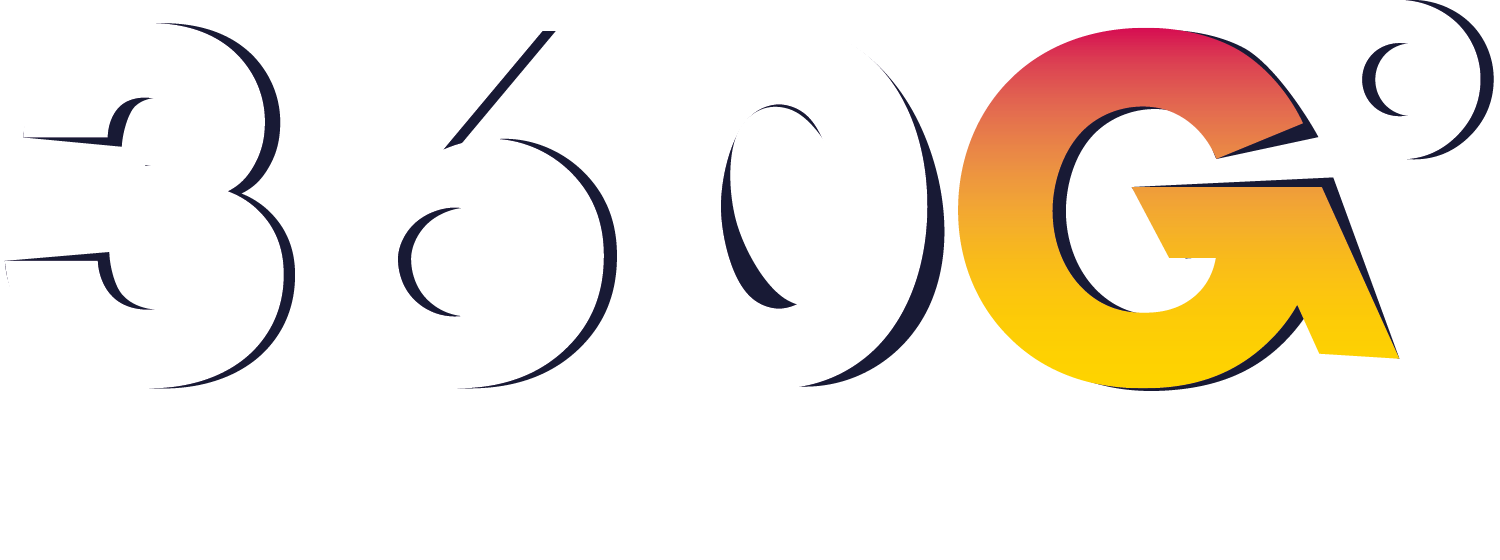Search Generative Experience (SGE) is no longer a limited experiment—it now sits at the heart of Google Search, generating AI Overviews for more than 200 countries and 40 languages and growing every week. In 2025, these expansive answer boxes routinely push the once-coveted organic “Position #1” well below the fold, sparking an existential question for marketers: does ranking first still matter? The data says: only if you’re also part of the answer. Below is a deep-dive playbook on what SGE is, why clicks are evaporating, and how to keep visibility—and revenue—alive.
What Exactly Is SGE?
Google’s SGE combines large-language-model summaries (“AI Overviews”) with citations and follow-up prompts directly in the results page. After rolling out to all U.S. users in 2024, it expanded worldwide in May 2025 and now drives over 10 percent more searches in markets where it’s live.
Key Mechanics
- Trigger Rate: 13 % of all queries showed an AI Overview in March 2025—double January’s share.
- Intent Bias: 88 % of triggered queries are informational, making “how,” “why,” and comparison searches the prime targets.
- Source Citations: Average AI Overview cites 4-5 unique domains, often outside the page-one organic set.
How SGE Reshapes the SERP
The Pixel Problem
When a user expands the AI Overview, the #1 organic result drops 1,200–1,700 pixels—about 1½ scrolls on a 1080p monitor—across every vertical tested. That shift alone slashes immediate visibility for “classic” rankings.
Above-the-Fold Real Estate
Independent studies show 84 % of AI Overview boxes cover more than half of the initial viewport, and 38 % consume the full screen. Even without expanding, organic links often start mid-page.
Is “Position #1” Really Dead?
- CTR Collapse: Search Engine Land recorded the lowest organic click-through rates on record in early 2025, attributing part of the fall to AI Overviews.
- Zero-Click Universe: SparkToro’s June 2025 analysis argues that chasing traffic alone is “a terrible goal,” as platforms—from Google to Reddit—refer out fewer clicks every year.
- Organic Drop-Off: Authoritas found 62 % of links surfaced inside AI Overviews come from domains not ranking in the top-10 organic results.
Take-away: Traditional rank-tracking without SGE metrics masks massive losses in real audience reach.
New Visibility Metrics
- Citation Share – Track how often your pages appear as references in AI Overviews.
- Follow-Up Prompt Presence – Being suggested in “Ask a follow-up” links can drive incremental traffic even when clicks drop.
- Viewport Share of Voice – Measure pixel depth for branded results versus competitors.
- Entity Authority – Google employees openly question whether classic SEO alone can survive the AI era, urging brands to invest in entity-based authority signals.
How to Win in an SGE World
1. Feed the Answer Engine
- Publish concise, expert-level summaries and use FAQ schema so LLMs can easily parse and quote your content.
- Add source-attribution cues (author bios with credentials, inline citations) to strengthen EEAT signals.
2. Double-Down on First-Party Data
With fewer clicks, capturing leads on-SERP becomes critical—think downloadable mini-guides gated behind Google Drive links or YouTube cards.
3. Optimize for Follow-Up Convos
SGE invites conversational follow-ups; create content that naturally extends to “What else should I consider?” or “Is X better than Y?” Use those phrases as sub-headers.
4. Multi-Format Assets
Google is piloting audio summaries and video-based troubleshooting inside search. Early adopters that supply voice-ready snippets and how-to clips stand to dominate emerging modules.
Paid Search Isn’t Immune
- Google confirms ads will “play an important role” inside AI Overviews, opening new (but still experimental) placements.
- The share of queries showing traditional ads outside AI Overviews fell from 13.5 % in August 2024 to 8.8 % by November.
- PPC researchers already note declining click-through when ads appear below an AI answer.
Action: Plan budgets for both classic Search and nascent “AIO-ads” while monitoring ROI shifts.
What to Tell Your Stakeholders
- Ranking first ≠ guaranteed traffic anymore.
- SGE visibility must be tracked alongside classic rankings.
- Content that teaches wins—especially when formatted for quick extraction.
- Brand authority and structured data are now prerequisites, not luxuries.
- Paid and organic teams need a joint strategy for AI-era SERPs.
Conclusion
Search isn’t collapsing—it’s converging into a richer, AI-driven answer engine. The businesses that survive the “death” of Position #1 will be those that pivot from chasing clicks to earning citations, conversations, and trust within Google’s generative layer. Start optimizing for the answer, not the rank, and you’ll thrive long after the scroll bar begins.




